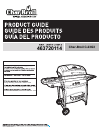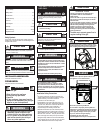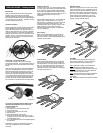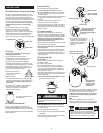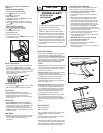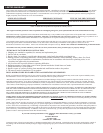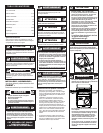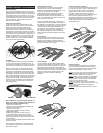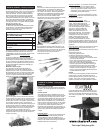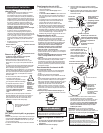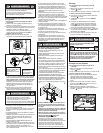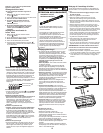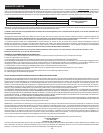Special offers from our partners!

Find Replacement BBQ Parts for 20,308 Models. Repair your BBQ today.
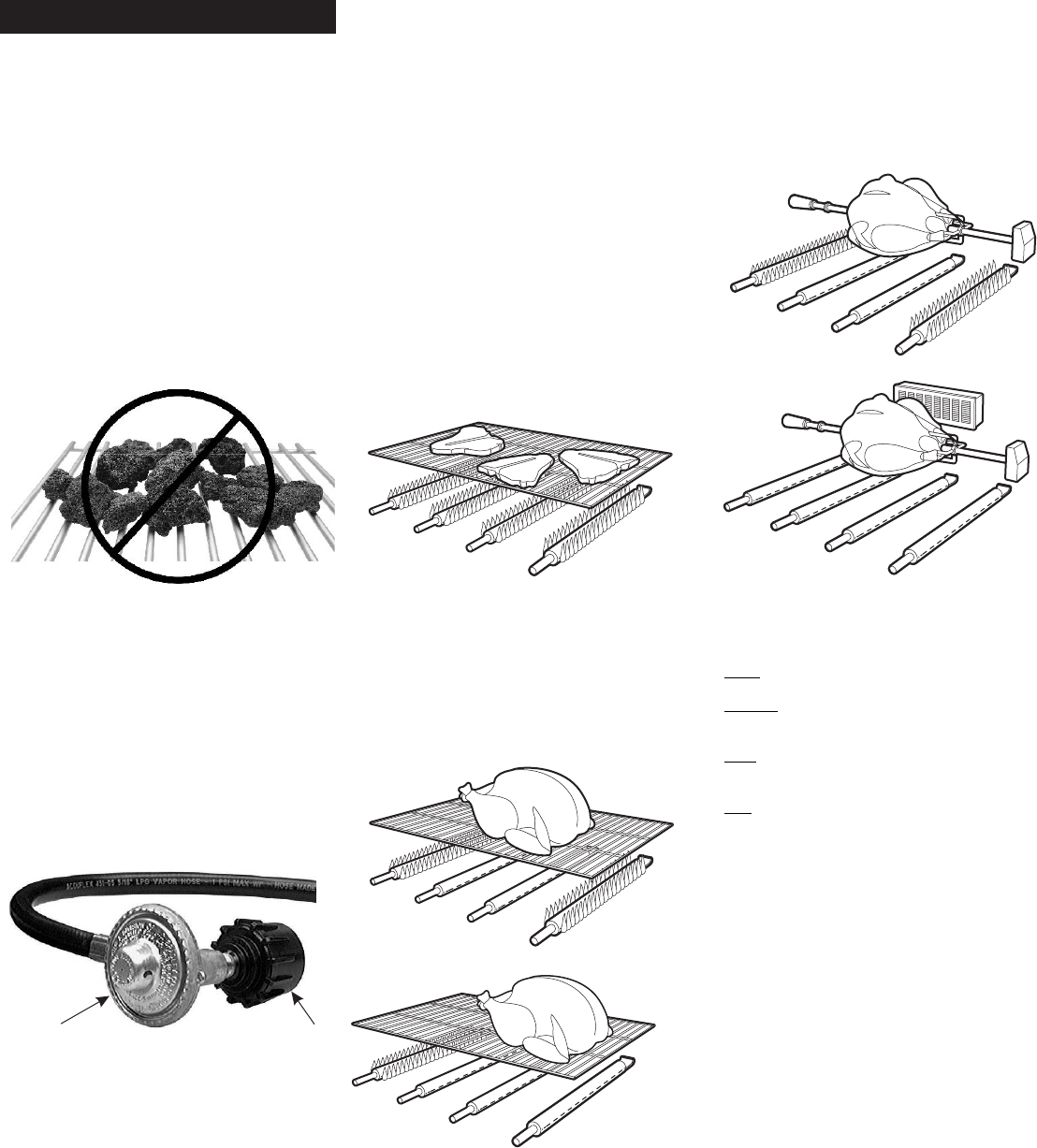
3
Rotisserie Cooking
Rotisserie cooking is best for 'round' meat, such as large
roasts, whole poultry, and pork. It generally requires an
accessory motor and spit rod that allows the meat to be
turned at a constant speed. Rotisserie cooking is best
done in front of a special rotisserie burner, or utilizing an
indirect cooking burner arrangement. A pan can be
placed underneath the meat to catch grease and food
drippings, and helps minimize clean-up.
Food Safety
Food safety is a very important part of enjoying the
outdoor cooking experience. To keep food safe from
harmful bacteria, follow these four basic steps:
Clean: Wash hands, utensils, and surfaces with hot
soapy water before and after handling raw meat.
Separate: Separate raw meats from ready-to-eat foods
to avoid cross contamination. Use a clean platter and
utensils when removing cooked foods.
Cook: Cook meat and poultry thoroughly to kill bacteria.
Use a thermometer to ensure proper internal food
temperatures.
Chill: Refrigerate prepared foods and leftovers promptly.
First Time Use
Read your Assembly Manual and ensure the grill is put
together properly. Remove all Point-of-Purchase
advertising material from all grill surfaces before first use.
We recommend operating your grill on its highest setting for
15-20 minutes prior to your first use. This aids in removing
the oils used during manufacturing.
Lava Rock / Briquettes
This gas grill has been designed, engineered, and tested to
be used with heat tents to provide more even heating,
improve the cleaning process, and reduce flare-ups. The
addition of after market lava rocks, charcoal, or briquettes
of any type will cause poor combustion and increase the
likelihood of a grease fire, and is not recommended. Using
briquettes, lava rock, or charcoal in this grill will void your
warranty. For extra smoke flavor, we recommend using a
smoker box with wood chips.
Temperature - Convective Grills ONLY.
The temperature gauge in the hood of your new grill
measures air temperature. The air temperature inside your
grill will never be as hot as the temperature at the cooking
surface.
Note: Since 1995, all regulators (the part that attaches to
the gas tank to regulate the flow of gas) have included a
safety feature that restricts gas flow in the event of a gas
leak. You can inadvertently activate this safety feature
without having a gas leak. This typically occurs when you
turn on the gas using the grill control knob before you turn
on the LP tank valve. If the gas regulator safety feature
activates, the grill will only reach temperatures between
250°F and 300°F even with all burners on the high setting.
If your grill is not getting hotter than 250°F to 300°F
these steps should be taken first to reset the gas
regulator safety device:
1. Open the grill lid.
2. Turn off all knobs on the control panel in front.
3. Turn off the tank knob.
4. Disconnect the regulator from the LP tank.
5. Wait 30 seconds.
6. Reconnect the regulator to the LP tank.
7. Slowly open the LP tank knob all the way. Do not put
excessive force on the valve at the full open position to
avoid damaging the valve.
8. Turn on the appropriate control knob and light the grill per
the instructions.
An illustration of this process is included in this Product
Guide. See Troubleshooting section for additional
information.
GRILLING GUIDE – Getting Started
Regulator
Coupling Nut
Pre-Heating Your Grill
Just like your home oven, your grill should be pre-heated
to provide optimum performance. Pre-heat the grill on high
for 10-15 minutes – longer if weather conditions require.
Please refer to the lighting instructions inside the Product
Guide if you have questions about how to light your grill. A
match-light chain and hole is provided for your
convenience.
Outdoor grilling is really quite simple. You'll succeed with
burgers, dogs, or steaks usually on your very first try.
With experience, you will learn how to work with your grill,
creating more imaginative meals all the time. This
knowledge makes up the art of grilling. Before you start
grilling, organize your food according to cooking
technique and required cooking time, and optimize the
use of your grilling area.
Direct Cooking
Direct cooking involves grilling your meat directly over
high heat. It is perfect for searing steaks, chops, and
other smaller pieces of meat and vegetables that quickly
make their way to the table.
Indirect Cooking
Indirect cooking utilizes select burners to circulate heat
throughout the grill, without direct contact between the
meat and the flame. The meat is placed over the burner
that is 'off'. This method is generally used to slow cook
large cuts of meat and poultry. A pan can be placed
underneath the meat to catch grease and food drippings,
and helps minimize clean-up.



